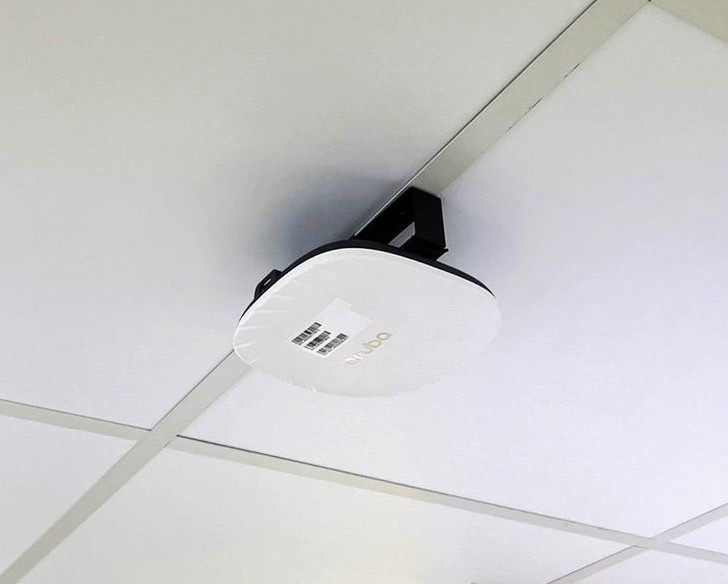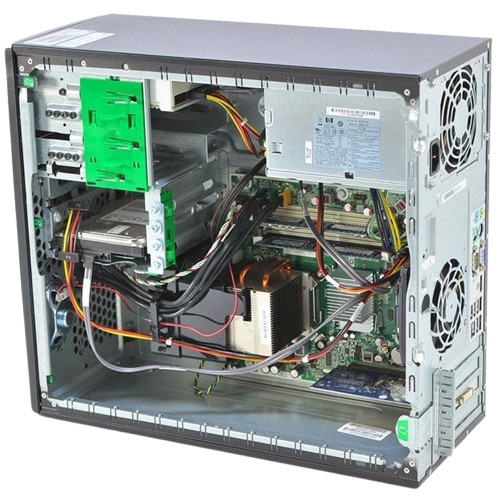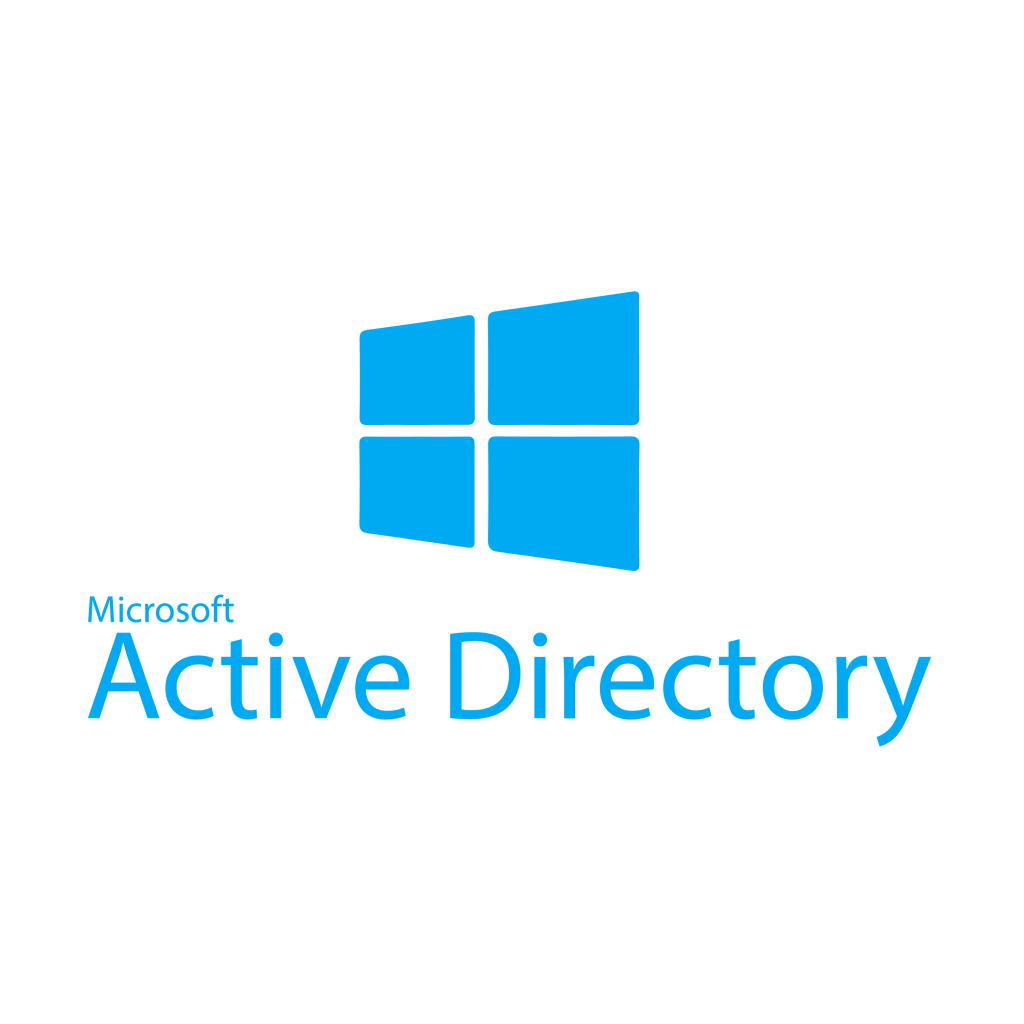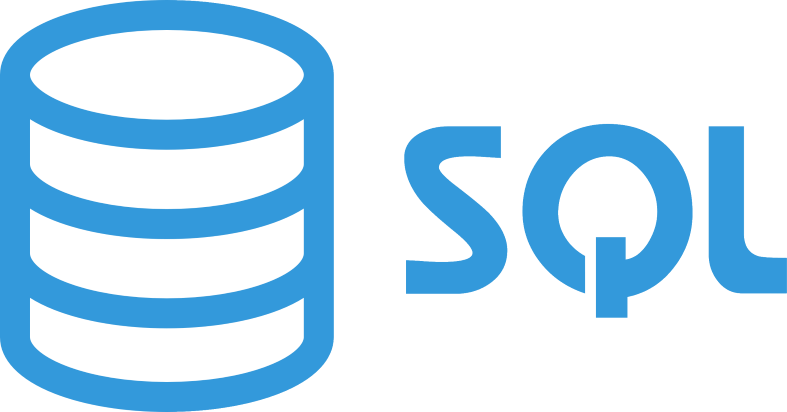How I Can Contribute
Thanks For Being Interested!
My Hard Skills:

Wirless Network Design
I have a good knowledge of deploying and configuring WLANS with 802.11 (Wi-Fi) technologies with complete network design with different products & solutions, site surveys, installation & configuration, WLAN security and Vendor interoperability strategies.
- Network architecture and performance optimization based on a site’s assessment
- Network devices configuration
- Implementing features (I.e. DHCP, DNS etc.)
- Experience with different vendors (E.g. Aruba, Linksys, Cisco etc.)
- Evaluate common WLAN infrastructure models to assess network efficiency and resiliency
- Identify emerging wireless technologies to propose upgrades and improve network access
- Administer and support wireless network devices to provide efficient and secure access to network services
- Assess the wireless needs of an organization through the application of industry standards
Microsoft Azure Cloud
Across 3 courses a noticeable portion of my college education has so far been regarding Microsoft Azure’s cloud services. All from simply automating resource deployment using Azure Bicep to creating a complete and functional backbone for a department’s cloud network.
- Define and apply Azure Active Directory, users and groups to secure identities in Azure
- Manage subscriptions, accounts, Azure policies, and Role-Based Access Controls to protect resources
- Use of the Resource Manager, Azure Portal, Cloud Shell, Azure PowerShell, CLI, and ARM templates to administer Azure
- Configure virtual networks, IP addressing, Azure DNS, Network Security Groups, and Azure Firewall
- Configure VNet Peering, virtual network gateways, and Site-to-Site VPN connections to provide intersite connectivity solutions
- Use network routing and service endpoints, Azure Load Balancer, and Azure Application Gateway to manage network traffic
- Implement Azure storage accounts, blob storage, and Azure files with File Sync to manage and secure data
- Plan and create virtual machines to scale the system
- Administer Azure App Service, Azure Container Instances, and Kubernetes to deploy application and code
- Backup files, folders, and virtual machines to protect data and resources configurations
- Use Azure Monitor, Azure alerts, Log Analytics, and Network Watcher to monitor the Azure infrastructure


Linux System Administartion
I have knowledge in Linux systems administration, with experience in configuring and managing both local and remote Linux servers using distributions like Ubuntu, CentOS, and Red Hat. I am proficient in automating tasks with shell scripting (Bash), managing file systems (ext4, NFS), and securing networks through tools like iptables, SSH, and SELinux. I have hands-on experience with installing and configuring multi-function Open Source servers (Apache, Nginx, MySQL), troubleshooting system issues, performing backups and restores (rsync, tar), and optimizing server performance. I am also proficient in managing virtual machines with tools like VirtualBox and VMware, and configuring networking services such as DNS, DHCP, and FTP to ensure secure and efficient operation.
Debian and Red Hat distributions for Linux server setup and management
Bash and Python scripting to automate tasks and enhance system efficiency
ext4 file system for managing data with proper permissions
Apache, Nginx, and MySQL for configuring and managing web servers and databases (E.g. This Website!)
Network security and access control
rsync and tar for performing reliable backups and restoring system data
DNS, DHCP, and FTP for configuring essential networking services
Performance tuning, resource management, and system optimization
Troubleshooting and diagnostics through log analysis, process management, and network fault resolution
Create and configure SMTP/IMAP mail servers
- Install a multi-function Open Source server to deliver standard services
- Create OS installation and software update policies to maintain a server’s integrity and security
- Install software packages to customize server functions
- Manage storage devices to maximize server performance and organization
- Create virtual machines and virtual networks to increase network services with KVM/QEMU
- Manage user accounts to provide secure access to appropriate network services
Hardware Support
Hardware support
- Diagnose and resolve issues with computer hardware to ensure optimal performance.
- Assemble and configure desktop computers, selecting compatible components.
- Install and configure operating systems (Windows, Linux, macOS) for system stability.
- Set up and troubleshoot peripherals like printers, scanners, monitors, and external storage.
- Install and replace motherboards and CPUs, ensuring correct installation and thermal management.
- Upgrade RAM and storage (HDD/SSD) to enhance system performance.
- Install and troubleshoot network devices (routers, switches, modems) for seamless connectivity.
- Understand networking protocols (TCP/IP, DNS, DHCP) to support hardware-related network issues.
- Protect hardware components through basic security protocols and measures.
- Install, update, and troubleshoot device drivers for proper hardware functionality.
- Analyze system performance using hardware monitoring tools and recommend upgrades.
- Replace faulty components like power supplies, hard drives, and graphic cards.
- Manage cables for efficient airflow, reduce clutter, and extend hardware lifespan.
- Ensure hardware compatibility when selecting parts for custom builds and upgrades.
- Configure and troubleshoot BIOS/UEFI settings, including system boot and firmware updates.
- Understand virtualization technologies and their hardware requirements.


Windows Active Directory
I can perform administrative tasks on a Microsoft Windows Server operating system, on-premise or in a cloud environment. Administrative tasks such as designing and implementing a user and group strategy, resource security, and scripting.
- Group policy and user management with Domain controller
- Domain management with Domain Controllers
- DNS configuration
- Proficient in configuring, managing, and troubleshooting IIS
- Basic PowerShell scripting
- Central management of printers
Basic Cybersecurity Incident Response
Preparation, detection and analysis, intelligence, and response automation. I can perform live and dead box forensics, create timelines and develop scripts to automate processes in order to rapidly respond to cyber incidents.
- Detect and contain basic cyber security incidents
- Identify different incident types to categorize them and leverage proper processes and technologies
- Develop cyber security incident response playbooks to formalize the response for certain incidents
- Perform live and dead box forensics to develop and identify tactics, techniques and procedures of an adversary
- Perform basic static and dynamic malware analysis to rapidly generate indicator of compromises for malware incidents
- Formulate automated response workflows to expedite response process and lower the mean time to respond
- Collect cyber threat intelligence of a threat actor to correlate techniques, tactics and procedures to an ongoing investigation
- Conduct response investigations on cloud environments to assess and discover cyber breaches



Basic Database Management & SQL
Can work on Microsoft Azure SQL on cloud and on-premises Microsoft SQL server. Use Structured Query Language (SQL) to query data and Optimize query performance. Monitor and optimize operational resources.
- Knowledge working with T-SQL
- Set authentication methods for security
- Understand compatibility levels for compatibility with previous versions of SQL Server.
- Data Normalization
- Assign resources and database users for optimal performance
Cisco & Aruba Networking/Hardware
I have spent several entire courses learning about Cisco and Aruba Networking devices (i.e. switches, routers), during this time I have learned how to design and deploy networks using the aforementioned vendors and how to troubleshoot them.
- Configuring routers, routing protocols (RIP, OSPF, EIGRP), and static routes
- Skilled in configuring and managing network switches, VLANs, and trunking protocols (802.1Q)
- Knowledgeable in implementing network security measures such as ACLs, NAT, and VPNs
- Strong ability to diagnose and resolve networking issues using tools like Ping, Traceroute, and Cisco IOS commands
- Configuring VLANs, trunking, and inter-VLAN routing using routers or layer 3 switches
- Knowledge of Ethernet standards (IEEE 802.3), and working with switch ports, MAC addresses, and duplex settings
- Familiar with configuring and troubleshooting RSTP to prevent network loops
Proficient in subnetting, IP addressing, and CIDR notation for IPv4 and IPv6

